“Too much of anything is bad, but too much champagne is just right.” –F. Scott Fitzgerald
Last spring Joel and I drove 100 miles east of Paris to stay for several days in the Champagne region of France. We both quickly fell in love with the area!
We stayed in a lovely gîte overlooking the vineyards in the small and charming village of Hautvillers. This village was home to Dom Pérignon in the 17th century, the now-famous monk who was one of the fathers of the method in which champagne is made.
There was a conviviality and joy that seemed to fill the air!
Most people tend to drink champagne only at celebrations and parties, although I personally think anytime is the right time to drink champagne! (In fact I’m currently drinking a glass as I write this).
Even though there are more than 300 champagne villages in the region with several thousand champagne producers and 84,000 acres of vineyards, it feels as if everyone is united under the common banner of making quality champagne to be shared in people’s happiest life moments.
We enjoyed visiting several champagne houses and their vineyards. One of those was Lasseaux & Fils. Vincent Lasseaux was so gracious to spend the whole morning with us as we tasted their range of champagnes and journeyed out into their vineyards.
The small, family owned champagne house was established in 1970. We drove through lush green forest trees and field after field of vibrant yellow flowers as we made the short drive from Hautvillers to La Neuville-aux-Larris, the tiny village (only 200 inhabitants) where they’re located.
The Lasseauxs share that “the limestone subsoil and south facing vineyards provide us ideal conditions to produce some of the best pinot noir, pinot meunier and chardonnay grapes necessary to our limited production.” It was a wonderful morning exploring one of the many talented family champagne houses who produce small batch, high quality champagnes.
Champagne felt like home. I can’t wait to return!
Did you know...
Champagne is a sparkling wine produced from grape varietals in the Champagne region of France; the main grapes used being pinot noir, pinot meunier and chardonnay.
Some use the term champagne as a generic term for sparkling wine, but in most countries, it is illegal to officially label any product champagne unless it comes from the Champagne region and is produced under the strict rules of the appellation using the Méthode Champenoise (Champagne Method), which includes secondary fermentation of the wine in the bottle to create carbonation.
If you’re interested in Champagne I highly recommend watching the delightful documentary A Year in Champagne.
Joel (in the pink shirt) in the vineyards with brothers Vincent and Baptiste Lasseaux. This is their plot of pinot meunier grapes.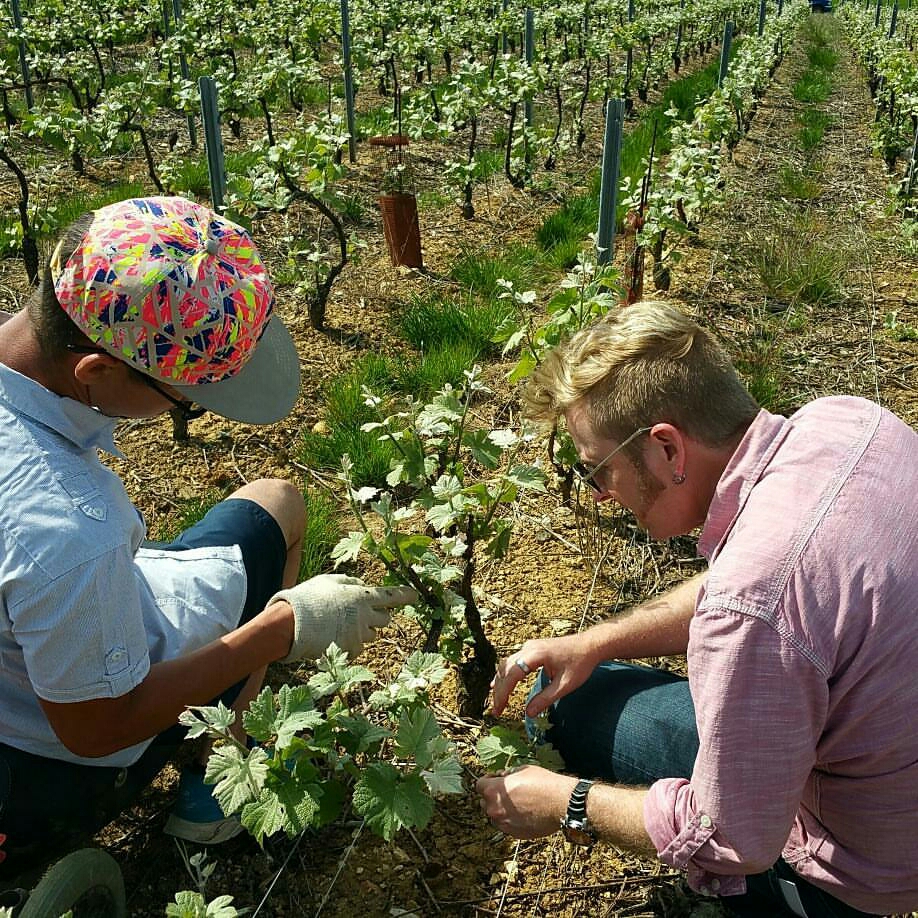 They gave us a lesson in spring vine pruning.
They gave us a lesson in spring vine pruning.

Here are some of the lovely champagnes we tasted, paired with delicious charcuterie and cheese from the local city Reims. These champagnes are (L to R) Bled Rosé (100% pinot meunier), Vintage 2011 Millésime (chardonnay, pinot noir, pinot meunier), Brut, and Rosé Classique (100% pinot meunier), 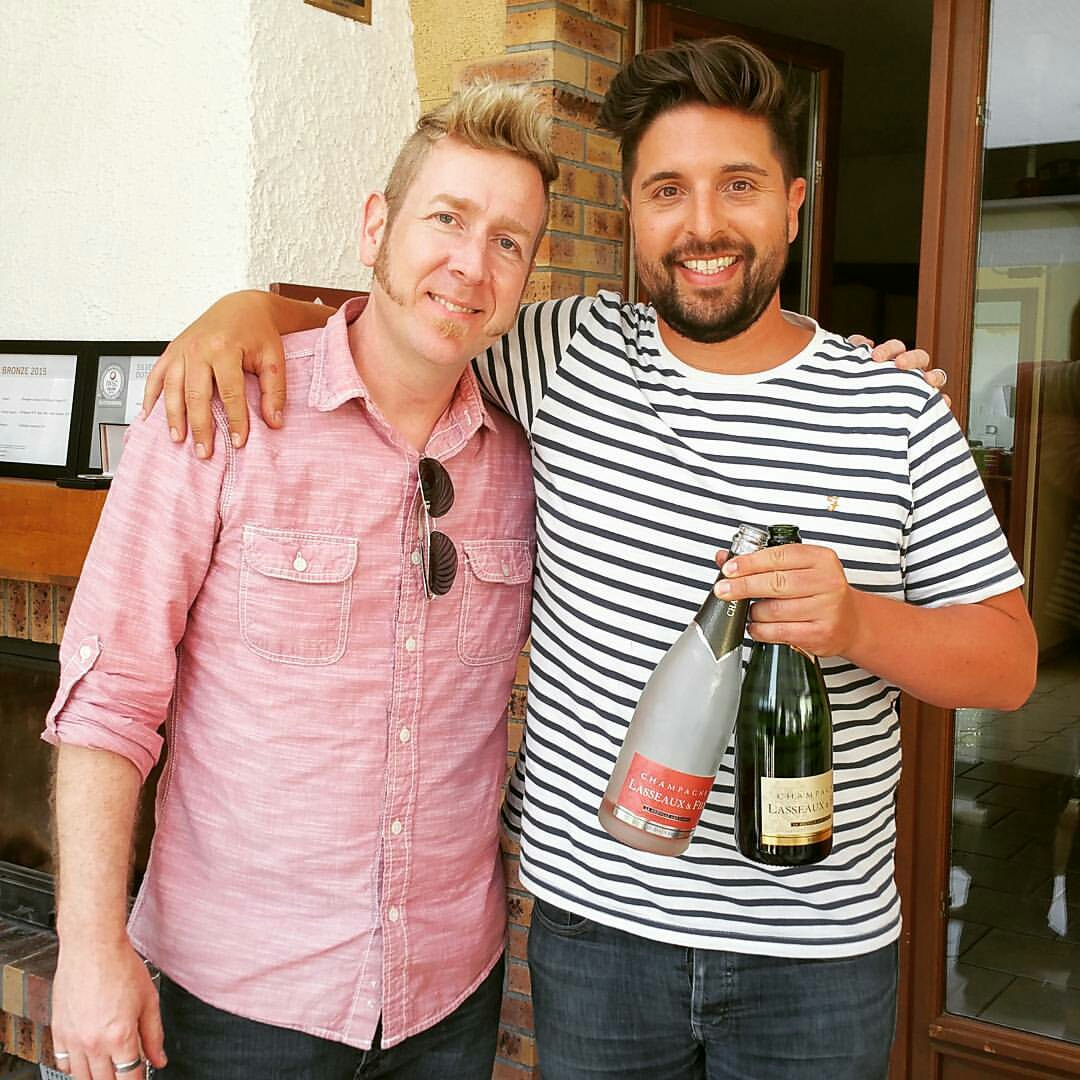
We brought back a bottle of their 2010 Blanc de Blancs Champagne to enjoy at our gîte. The cork was hand tied with string, a method that was used hundreds of years ago.
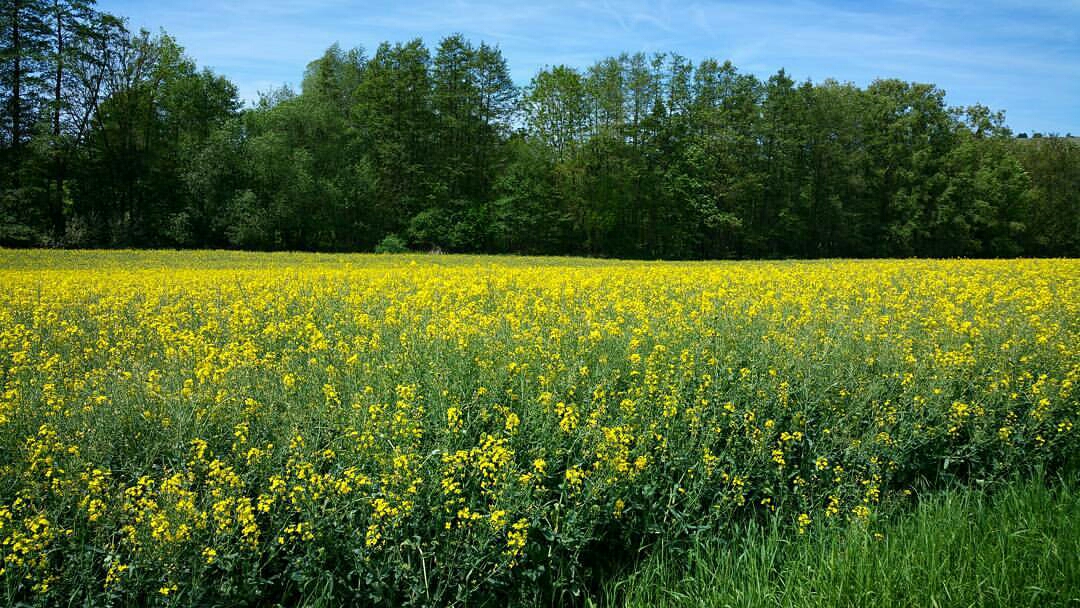 Flower fields on the way to La Neuville-aux-Larris.
Flower fields on the way to La Neuville-aux-Larris.
And…bouncing through the Lasseaux’s vineyards in Vincent’s vintage French Army 4×4. Just a slightly bumpy ride!
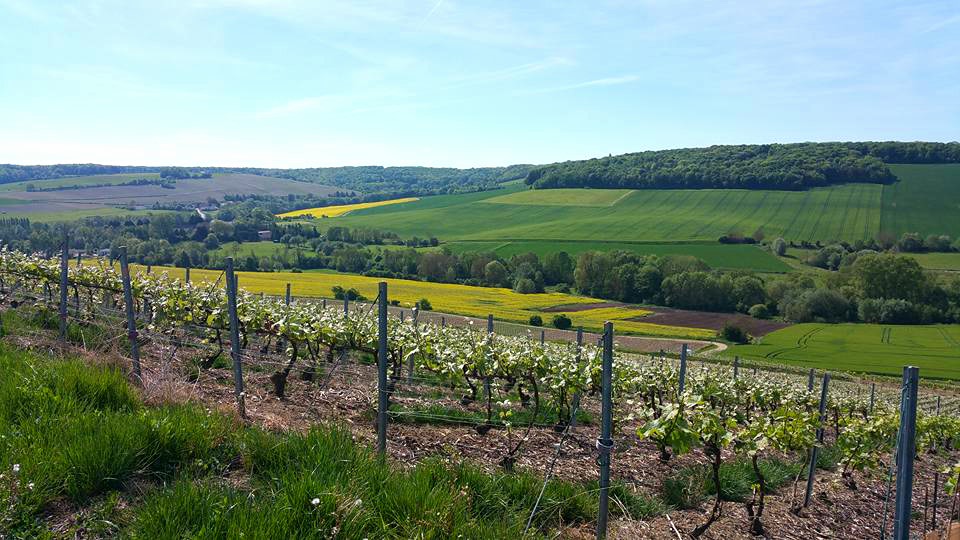
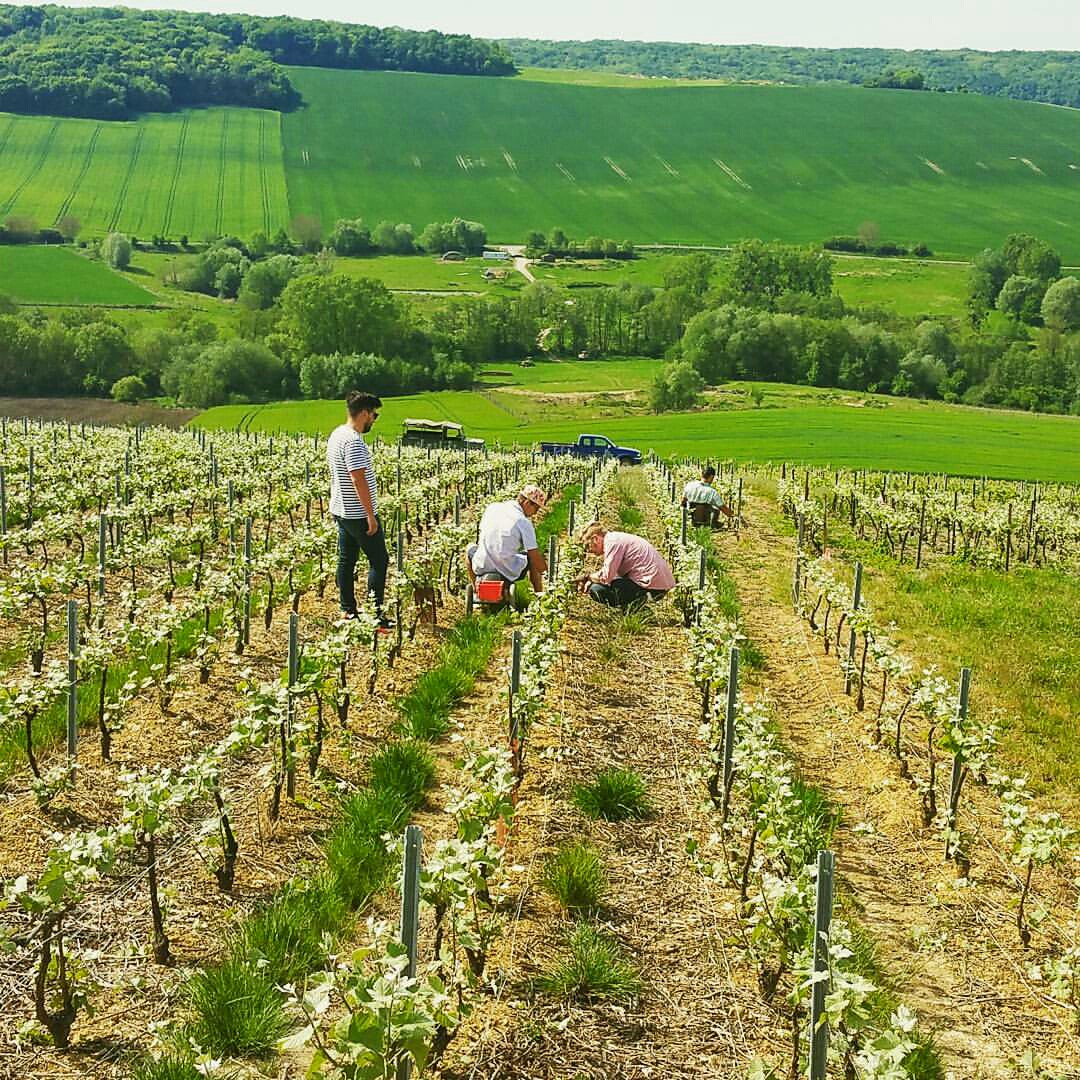
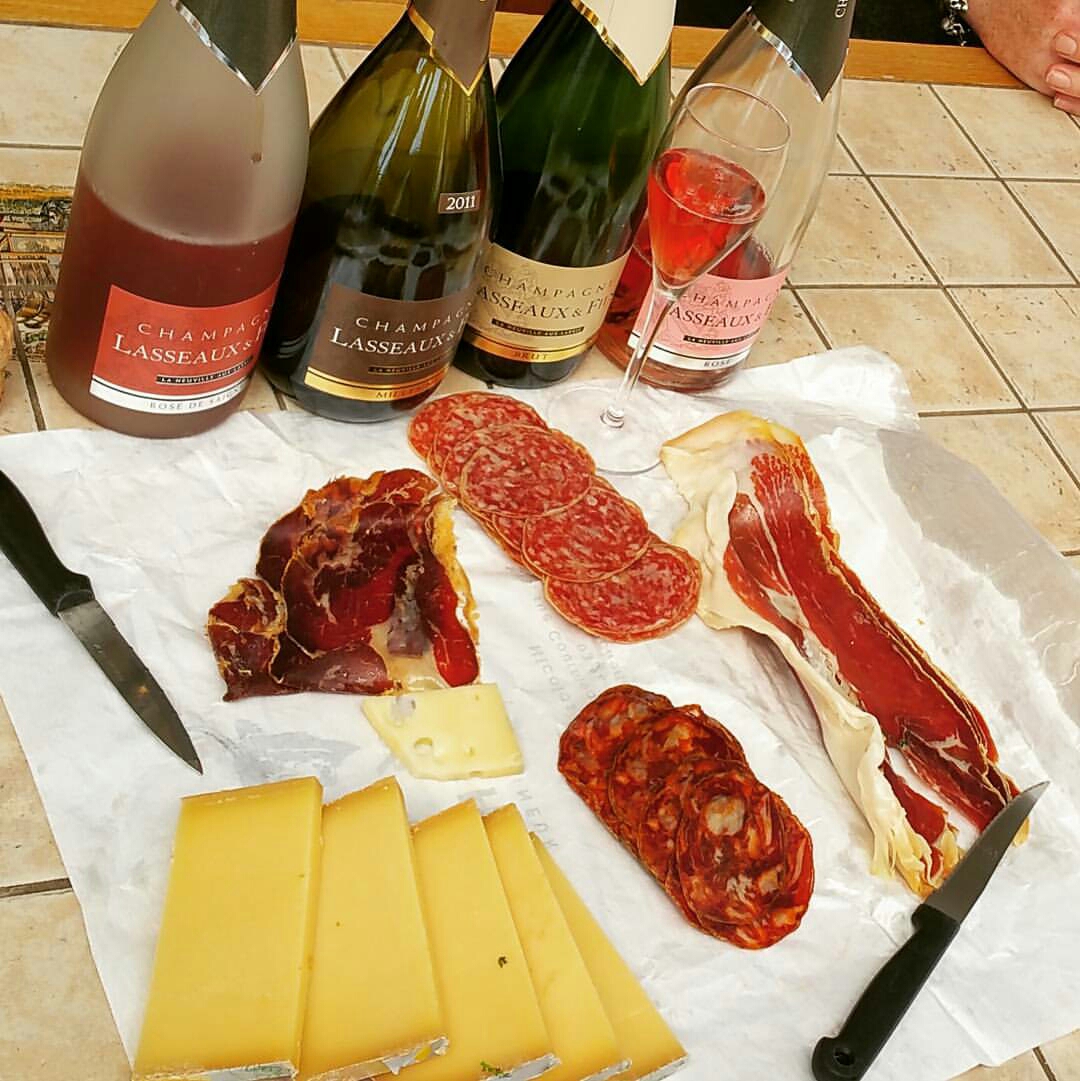
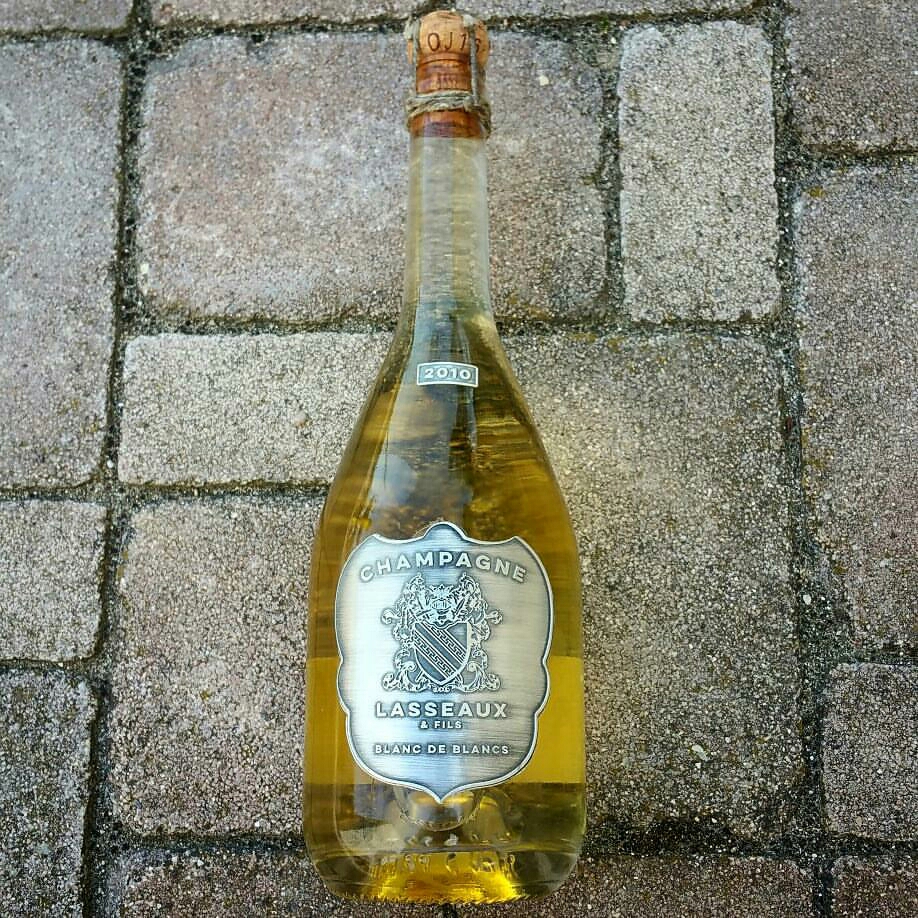

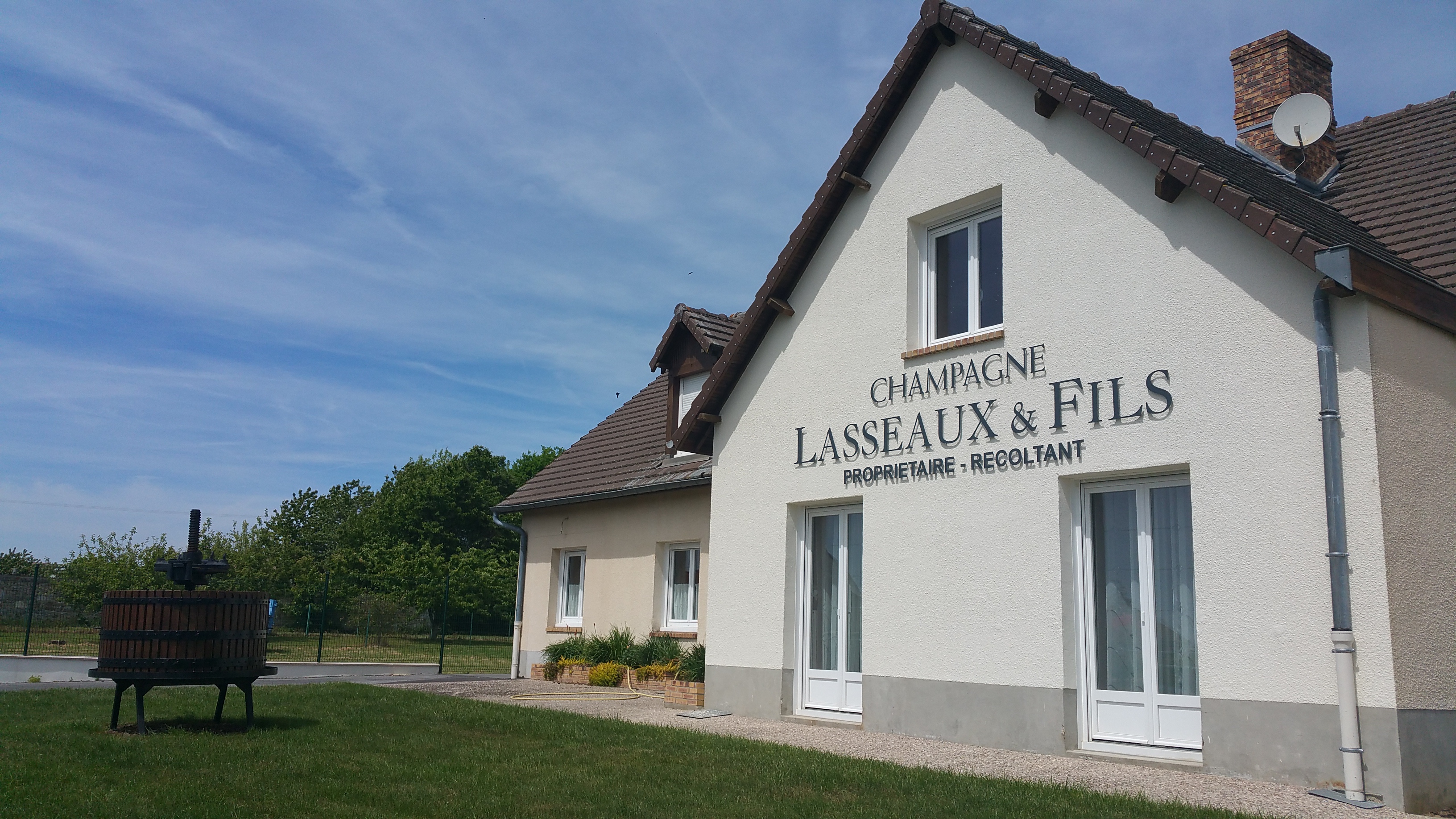
Leave a Reply